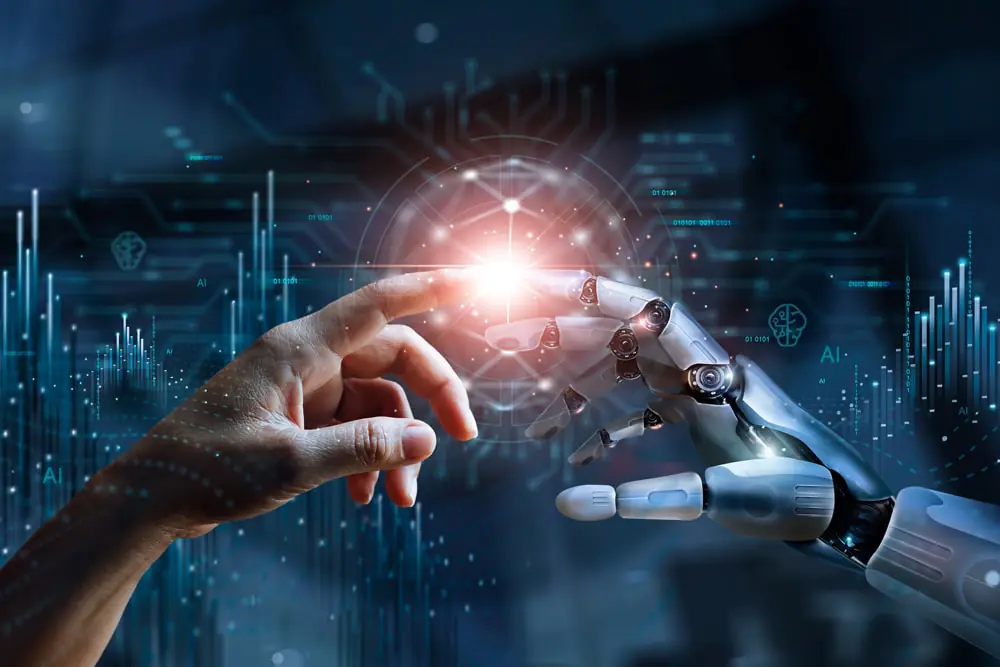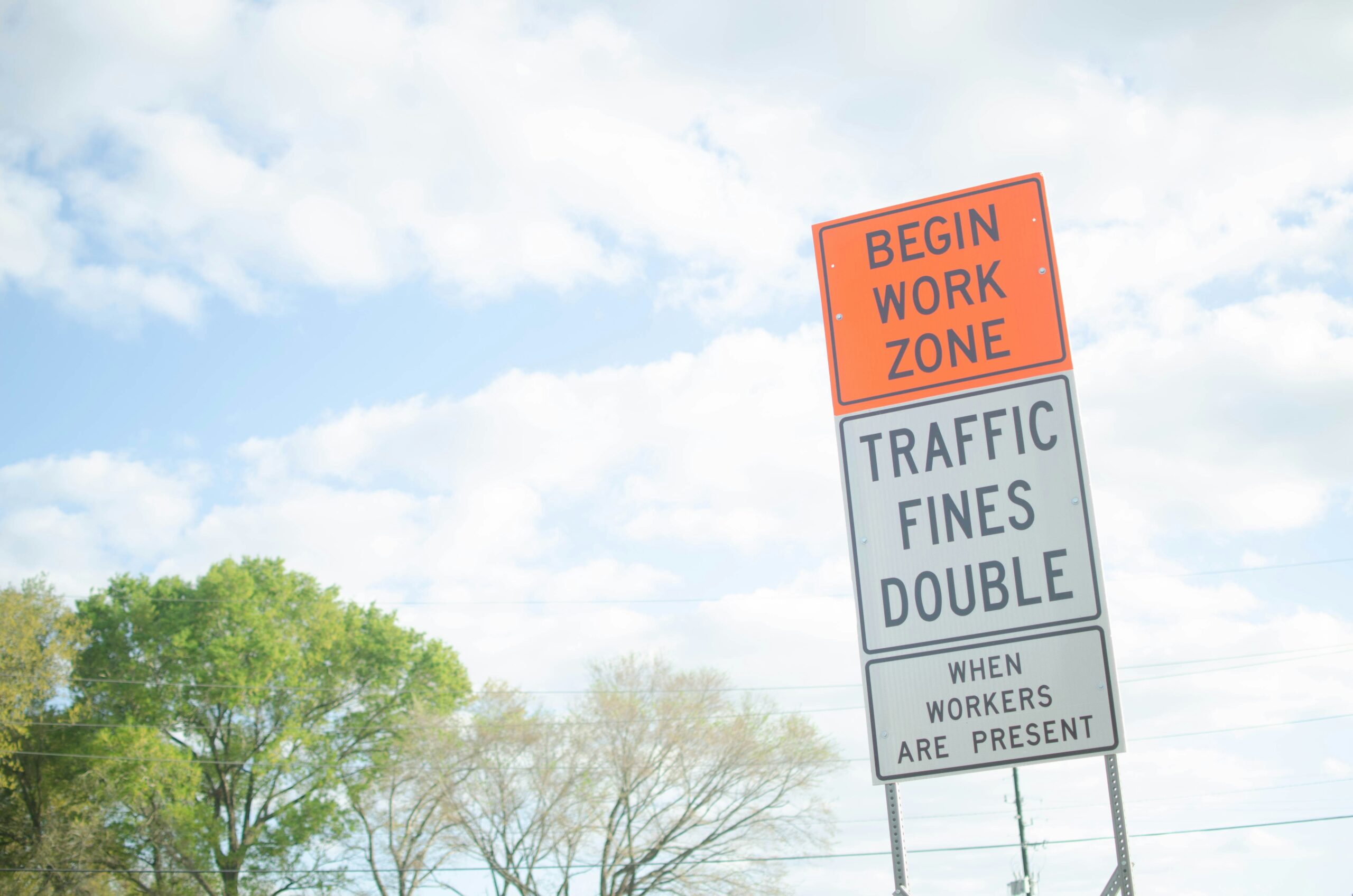Technology has become an inseparable part of our daily lives. From smartphones and artificial intelligence to smart homes and high-speed internet, modern tech touches everything we do. But it wasn’t always this way. Just a few decades ago, everyday life looked completely different.
In this article, we’ll explore how technology has evolved—from communication and work to healthcare and education—comparing today’s advances with the tools of the past. We’ll also discuss how these changes impact society and what they mean for our future.
1. Communication: From Letters to Instant Messaging
Then:
In the past, communication was slow and limited. People relied on:
- Handwritten letters that took days or weeks to arrive
- Landline telephones with limited access
- Face-to-face meetings or printed newspapers
Long-distance communication was expensive and time-consuming.
Now:
Today, we can connect with anyone, anywhere, in real time:
- Instant messaging (WhatsApp, Telegram, iMessage)
- Video conferencing (Zoom, Google Meet)
- Social media platforms (Facebook, Twitter, Instagram)
- Emails that deliver in seconds
Communication is now faster, more visual, and more interactive. Global collaboration is easier than ever before.
2. Entertainment: From Vinyl Records to Streaming
Then:
Entertainment in the past was physical and scheduled:
- Radio and black-and-white TV shows at set times
- Vinyl records, cassette tapes, and VHS movies
- Limited choices and fewer ways to access content
People had to go to stores to rent or buy media.
Now:
The entertainment industry has gone digital and on-demand:
- Streaming services (Netflix, Spotify, YouTube)
- Mobile apps with personalized recommendations
- Virtual reality (VR) and gaming consoles
- Smart TVs and wireless audio systems
Users today have instant access to millions of songs, videos, and games, all at their fingertips.
3. Education: From Chalkboards to E-Learning
Then:
Classrooms were limited to:
- Chalkboards, textbooks, and handwritten notes
- In-person teaching only
- Physical libraries as primary sources of information
Learning was slow and dependent on location.
Now:
Modern education is more interactive and accessible:
- Online courses and platforms (Khan Academy, Coursera, Udemy)
- Digital whiteboards and learning management systems
- Educational YouTube channels and podcasts
- AI tutors and personalized learning paths
Students can learn from anywhere, at any time, and at their own pace.
4. Healthcare: From Paper Records to AI Diagnostics
Then:
Healthcare used to rely on:
- Paper medical records
- In-person visits for all health concerns
- Limited diagnostic tools and manual record keeping
Errors were common due to slow access to patient data.
Now:
Technology has transformed healthcare into a connected, data-driven system:
- Electronic Health Records (EHRs)
- Wearable fitness devices (smartwatches, glucose monitors)
- Telemedicine and virtual consultations
- AI-assisted diagnostics (detecting cancer, eye disease, etc.)
Technology not only saves time but improves accuracy and accessibility in healthcare.
5. Transportation: From Horse Carriages to Autonomous Cars
Then:
In the early 20th century, people traveled by:
- Horses and carriages
- Steam-powered trains
- Basic automobiles with no GPS or safety features
Transportation was slow, costly, and often unreliable.
Now:
Today, we enjoy speed and convenience like never before:
- Electric vehicles (Tesla, BYD)
- GPS navigation and ride-sharing apps
- High-speed trains and commercial airlines
- Self-driving car prototypes and smart traffic systems
Travel is now safer, faster, and more eco-friendly than ever before.
6. Business and Work: From Typewriters to Remote Work
Then:
Office life revolved around:
- Typewriters and fax machines
- Physical file storage
- 9-to-5 in-person jobs
- Little to no automation
Business operations were paper-heavy and slow-moving.
Now:
Digital tools have revolutionized how we work:
- Cloud storage (Google Drive, Dropbox)
- Real-time collaboration tools (Slack, Zoom, Notion)
- AI-powered analytics and automation
- Remote and hybrid work models
Businesses can now scale faster and work across time zones with minimal overhead.
7. Daily Life: From Simplicity to Smart Living
Then:
In the past, homes and daily routines were simple:
- Analog clocks and physical calendars
- Manual appliances and tools
- Cash payments and handwritten grocery lists
Now:
Today’s homes are smarter and more connected:
- Smart assistants (Alexa, Google Home)
- Automated lighting and climate control
- Mobile banking and digital wallets
- Grocery delivery apps and meal planners
Technology handles tasks once done manually, saving time and improving convenience.
8. The Downside of Modern Tech
While modern technology has many benefits, it also brings challenges:
- Digital addiction: More screen time affects mental health
- Privacy concerns: Data is constantly being tracked
- Job displacement: Automation threatens some careers
- Social disconnect: Online communication can weaken real-life relationships
It’s important to find balance and use tech intentionally.
9. What the Future Might Look Like
Technology is still evolving fast. In the next 10–20 years, we may see:
- Widespread use of AI in daily life
- Fully autonomous transportation
- Augmented reality classrooms
- Smart cities with AI-controlled infrastructure
- Personalized medicine based on DNA
The line between digital and physical will continue to blur.
Final Thoughts: A Revolution in Real Time
The difference between life now and just a few decades ago is staggering. What once took days can now happen in seconds. What was once impossible is now routine.
But with these advances comes responsibility. We must use technology to enhance life, not replace it—to connect, not isolate. The best use of technology will always be that which empowers humanity.



